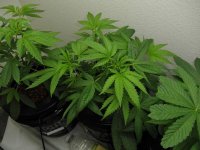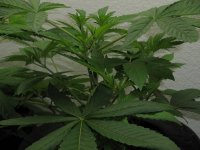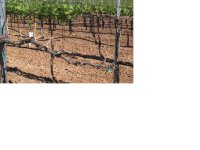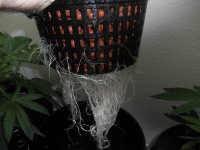the problem with your solar panel analogy is the plant doesn't sell its energy to the grid, it is stored, and used to grow new leafs stems and buds...
funny two posts back to back that contradict. both arguing for. is it stress or no stress?
at least steve admits that, but he's a little silly accusing me of not having experience growing, pruning, and defoliating.
and your right steve pruning doesn't provide the same results as stripping them bare, it works better
heres some bushes for you boys. 3 weeks from roots touching water. never topped or defoliated, just pruned properly.


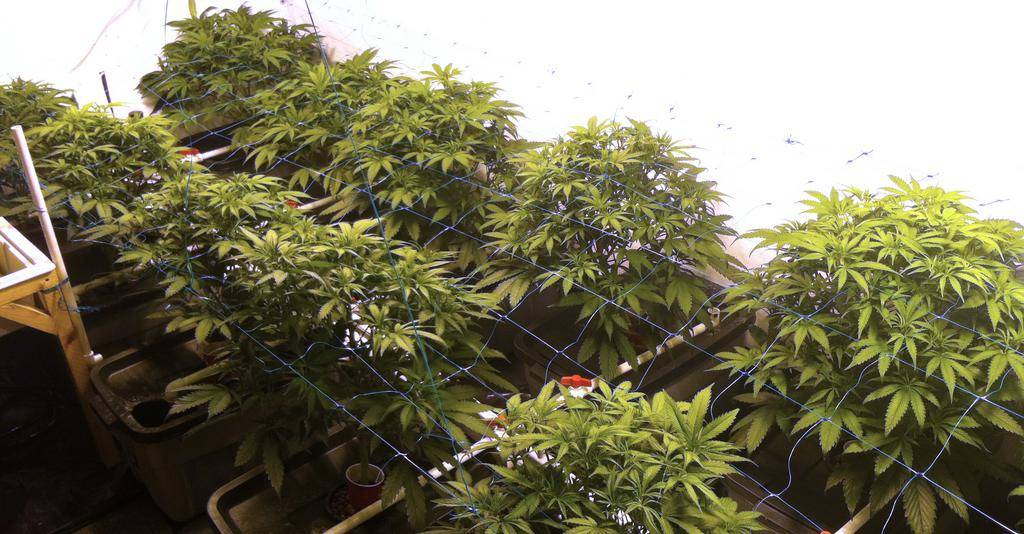


funny two posts back to back that contradict. both arguing for. is it stress or no stress?
at least steve admits that, but he's a little silly accusing me of not having experience growing, pruning, and defoliating.
and your right steve pruning doesn't provide the same results as stripping them bare, it works better
heres some bushes for you boys. 3 weeks from roots touching water. never topped or defoliated, just pruned properly.





